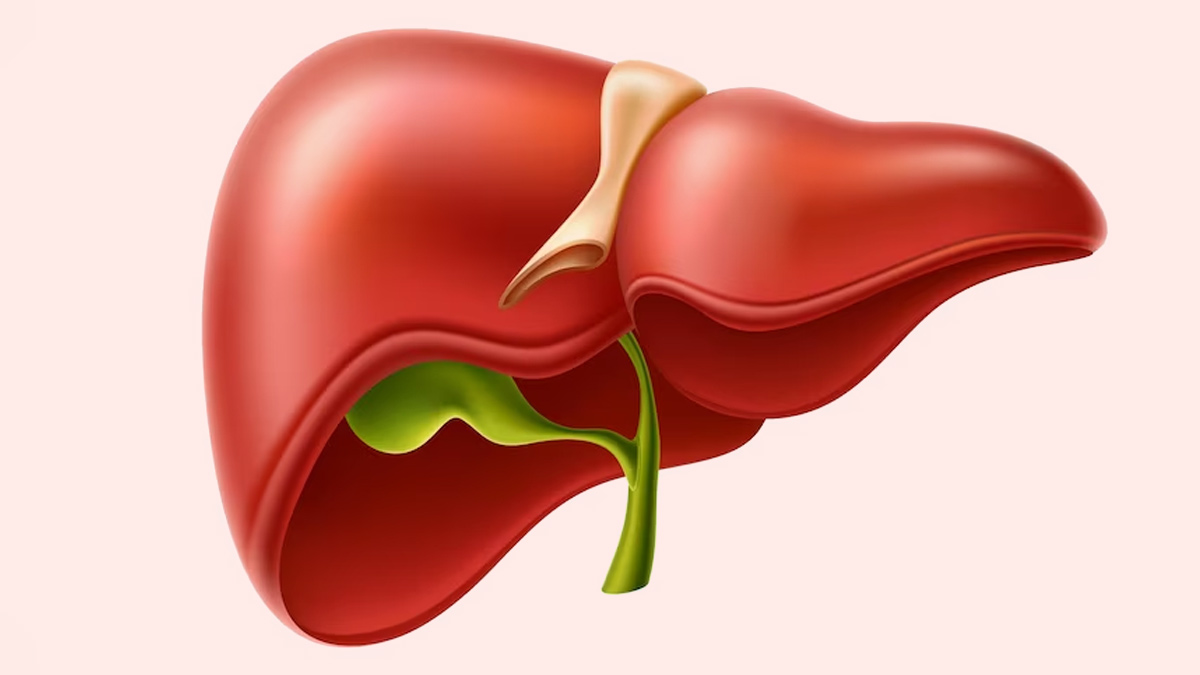
Liver in our abdomen is responsible for several vital activities in our body, which also includes blood filtering. It is also classified as a gland because it produces enzymes. Certain diseases and lifestyle choices can harm the liver. Let’s know what happens when the liver tissue is scarred.
Table of Content:-
The Liver: An Essential Organ
The liver is an important organ that filters toxins, regulates blood sugar levels, metabolises lipids and proteins, and produces essential proteins such as albumin and clotting factors. Since it plays such a crucial function, any disruption in its normal operation can result in major health problems. According to the National Institute of Diabetes and Digestive and Kidney Diseases, Cirrhosis is a disorder that causes your liver to scar and become permanently damaged. Scar tissue replaces good liver tissue, preventing the liver from functioning properly.
Irreversible Scarring Of Liver Tissue
“Cirrhosis is an irreversible scarring of liver tissue resulting from prolonged damage. Chronic alcohol misuse, hepatitis B and C infections, non-alcoholic fatty liver disease or NAFLD, and other uncommon liver diseases are the principal causes of cirrhosis. Cirrhosis decreases the liver's ability to operate efficiently,” said Dr Pinaki Mahato, Consultant - Medical Oncology, HCG Cancer Centre, Vadodara.

Dr Mahto said, “Cirrhosis and liver cancer are inextricably linked. In the majority of liver cancer cases, approximately 80-90%, occur in people who have cirrhosis. Cirrhosis scar tissue can produce an environment favourable to the growth of cancer cells”, adding, the liver's ongoing attempt to heal itself in reaction to damage might result in alterations in DNA, which increases the chance of cancerous cell growth.
Also read: Binge Drinking could Leave Lasting Liver Damage
Liver Cancer: Types and Symptoms
Liver cancer, commonly known as hepatocellular carcinoma (HCC), can appear in a variety of ways. HCC is the most prevalent type, however there are other types as well, such as cholangiocarcinoma and angiosarcoma. Unexpected weight loss, jaundice (yellowing of the skin and eyes), abdominal pain or swelling, and a sense of fullness even after a little meal are all symptoms of liver cancer. Unfortunately, liver cancer is mostly asymptomatic in its early stages, making it difficult to detect until it has advanced significantly.

Screening and Early Detection
People with cirrhosis, hepatitis B or C infections, or a history of high alcohol intake should have regular examinations due to the strong association between cirrhosis and liver cancer. Early detection is essential for increasing the chances of successful treatment. Various imaging procedures, such as ultrasounds, CT scans, and MRI scans, can aid in the detection of liver cancers.
Also read: 8 Signs And Symptoms For Liver Damage That You Must Be Careful Of
Prevention and Risk Reduction
When it comes to liver cancer and cirrhosis, prevention is always the best approach. Individuals can lower their risk by taking the following steps:
- Drinking too much alcohol is a big risk factor for cirrhosis and liver cancer. Reduced or no alcohol consumption can considerably reduce the risk.

- Hepatitis B and C vaccines are widely accessible and quite effective. These vaccinations have the potential to protect against chronic infections that can lead to cirrhosis and liver cancer.
- Cirrhosis is closely linked to obesity and non-alcoholic fatty liver disease (NAFLD). A healthy lifestyle which includes a balanced diet and regular exercise, can help prevent this type of disease.
- To prevent the spread of hepatitis B and C, practise safe sex and avoid sharing needles.
- Regular check-ups: Individuals at risk should undergo regular liver function tests and screenings to check their liver health.
Cirrhosis and liver cancer are linked, with cirrhosis significantly increasing the risk of developing liver cancer. Recognising the importance of early detection through screenings and implementing preventative measures can assist to lower the occurrence of these life-threatening diseases.
Also watch this video
How we keep this article up to date:
We work with experts and keep a close eye on the latest in health and wellness. Whenever there is a new research or helpful information, we update our articles with accurate and useful advice.
Current Version